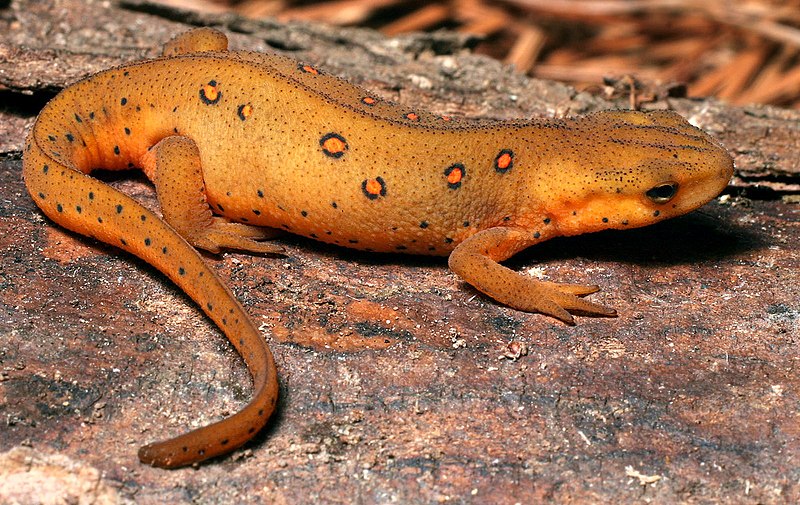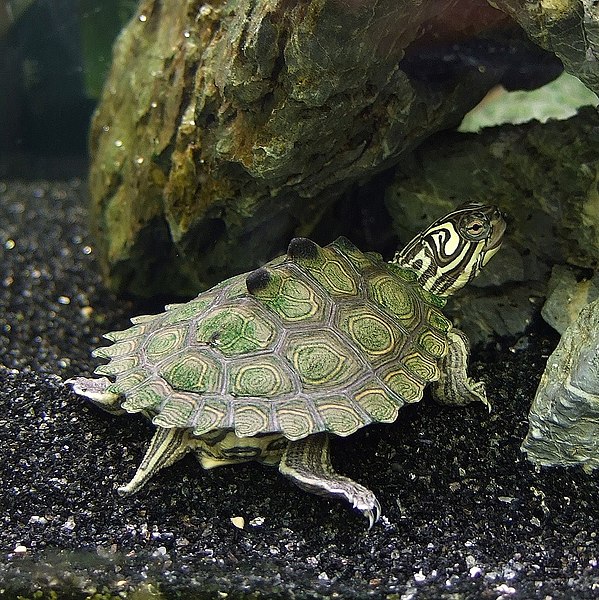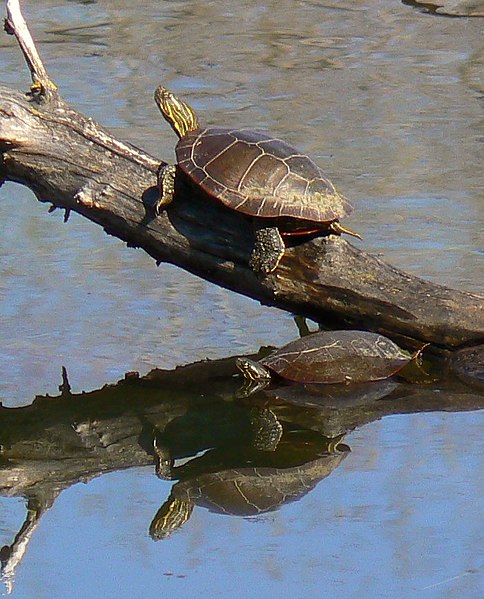 Undergravel filters were considered to be indispensible pieces of equipment when I first began setting up marine aquariums decades ago. Encouraged by success in using them with creatures ranging from seahorses to octopuses, I began to experiment with herp enclosures. I eventually came to rely heavily upon undergravel filters in my own collection, and for large zoo exhibits. Though now out of favor, this highly effective tool deserves a second (or first!) look by herp-keepers.
Undergravel filters were considered to be indispensible pieces of equipment when I first began setting up marine aquariums decades ago. Encouraged by success in using them with creatures ranging from seahorses to octopuses, I began to experiment with herp enclosures. I eventually came to rely heavily upon undergravel filters in my own collection, and for large zoo exhibits. Though now out of favor, this highly effective tool deserves a second (or first!) look by herp-keepers.
Getting Started
I’ll refer you to a great article on That Fish Blog, Using Undergravel Filters to Their Full Potential (please see below), for details concerning set up and maintenance. The points raised there are essential to understand if you are to successfully use an undergravel filter. I’ll focus here on my experiences and some fine points I’ve picked up along the way. Read More »
 That Reptile Blog – Reptile, Amphibian and Exotic Pet Care and Information
That Reptile Blog – Reptile, Amphibian and Exotic Pet Care and Information



 In
In